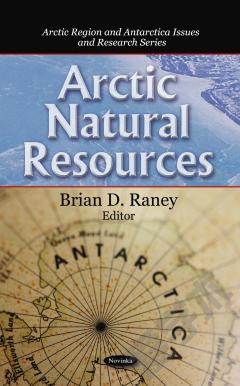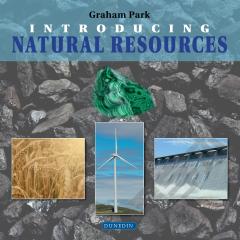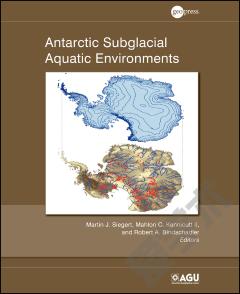Arctic Natural Resources
A major part of the energy debate is whether to approve energy development in the Arctic National Wildlife Refuge (ANWR) in northeastern Alaska, and if so, under what conditions, or whether to continue to prohibit development to protect the area's biological resources. ANWR is rich in fauna, flora and commercial oil potential. Its development has been debated for over 40 years, but increasing gasoline and natural gas prices, terrorist attacks and infrastructure damage from hurricanes have intensified the debate. Current law forbids energy leasing in ANWR. This book provides a summary of legislative attempts to address the issues of energy development and preservation in the Refuge. ANWR consists of 19 million acres in northeast Alaska. The Refuge and especially the coastal plain, is home to a wide variety of plants and animals. The presence of caribou, polar bears, grizzly bears, wolves and migratory birds, and many other species in a nearly undisturbed state has led some to call the area "America's Serengeti." This book covers, first, the economic and geological factors that have triggered new interest in development, followed by the philosophical, biological and environmental quality factors that have triggered opposition to it.
{{comment.content}}








 京公网安备 11010802027623号
京公网安备 11010802027623号